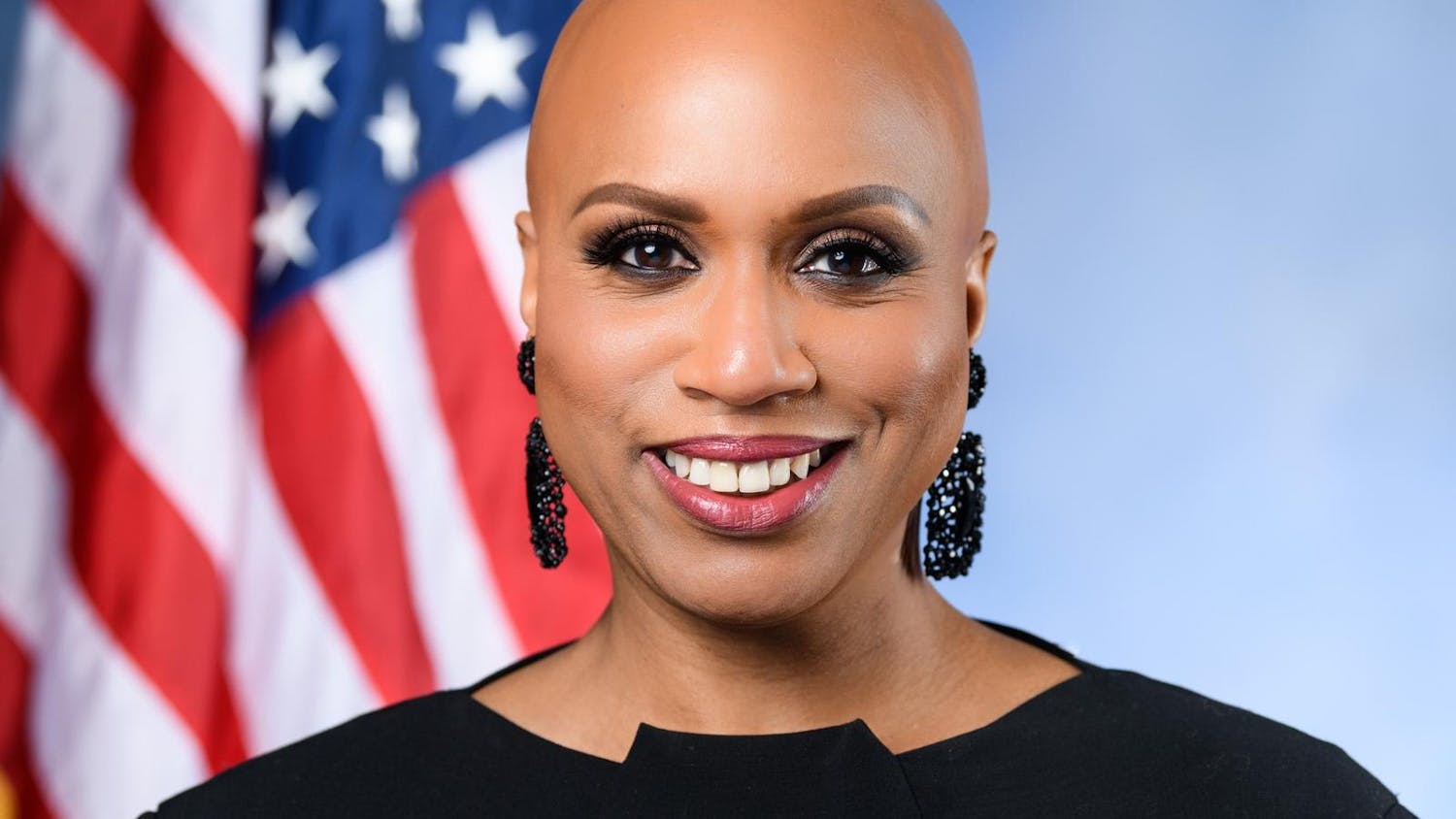Students are more likely to perceive their family's wealth as lower than that of the average Brown student's, according to a November poll conducted by The Herald. While about one-quarter of students reported that their family's wealth is about the same as the average, 43 percent said it is below the average and 24 percent said it is above the average.
Students on financial aid were 14 times more likely than students not receiving aid to think their family's wealth is "much lower" than the wealth of the average Brown student's. Thirty-six percent of students on financial aid said they thought their family's wealth is much lower than the average student's, compared to only 2 percent of students not receiving financial aid.
These figures may come as a surprise, because "people don't like to talk about their wealth," said John Logan, professor of sociology.
Students agree.
"There is a fear associated with talking about social class," said Marie Ripa '12, co-founder of Social Classmates, a weekly discussion group that focuses on social class issues. "It's uncomfortable. The shame and guilt mechanisms behind wealth dictate whether people are going to have conversations about it."
"Conversations about wealth are very much compartmentalized," said Clay Thibodeaux '12, the other co-founder of Social Classmates. "People might have thought about it but have a ‘hush' in their mind," he said.
Though social class disparities are largely "under the rug," Ripa said class remains an issue on campus.
"Wealth is very apparent at Brown," said Eddie Cleofe '15. "Jewelry, technology, even just the bag (students) use to carry their books" are all signifiers of social class, he added.
"You just know someone is well-off based on the physical hints," said Eric Bai '15. "You look at how much stuff is in their room. You glance over their clothes."
Bai added that Apple products are good indicators of wealth. "If they own every single Apple thing, you know they're well-off."
But some students said wealth is not often flaunted on campus.
"The great thing about Brown students is that they don't show their wealth off, so it's pretty hard to distinguish," said Stelios Anagnostopoulos '13.
Though self-segregation along class lines exists, relationships can transcend class boundaries when two people share similar values and recognize what they have in common, Ripa said.
Ripa and Thibodeaux founded Social Classmates in 2010 as an intimate discussion group to examine taboos surrounding class. The group has garnered the most interest from first-generation college students, Ripa said. "The group attracts those who feel marginalized," she said.
Despite the discussion opportunities provided by Social Classmates, students' perceptions of wealth are often out of whack with real-world statistics. The term "1 percent" generally applies to individuals making over $1 million a year, Logan said, but students Bai and Anagnostopoulos estimated a more realistic statistic to include those earning $300,000 a year or more.
Such miscalculations may be attributed to what Ripa calls "a lack of socioeconomic diversity" among the student body.
"Brown isn't representative of the whole country," she said. "The perception is that students are coming from wealthy backgrounds, especially because the price tag (for one semester's tuition) is $50,000."
Logan said the University must examine its larger role in society in addressing socioeconomic diversity on campus.
"It would be unfortunate if our primary role was to enhance the opportunities of the people who are already most advantaged," he said. Instead, "we could play a greater role in distributing opportunities to a wide range of people."
Methodology
Written questionnaires were administered to 851 undergraduates Nov. 2-3 in the lobby of J. Walter Wilson and the Stephen Robert ‘62 Campus Center during the day and the Sciences Library at night. The poll has a 3.1 percent margin of error with 95 percent confidence. The margin of error is approximately 4.7 percent for students receiving financial aid and 4.2 percent for students not receiving financial aid.
Find results of previous polls at thebdh.org/poll.
ADVERTISEMENT




